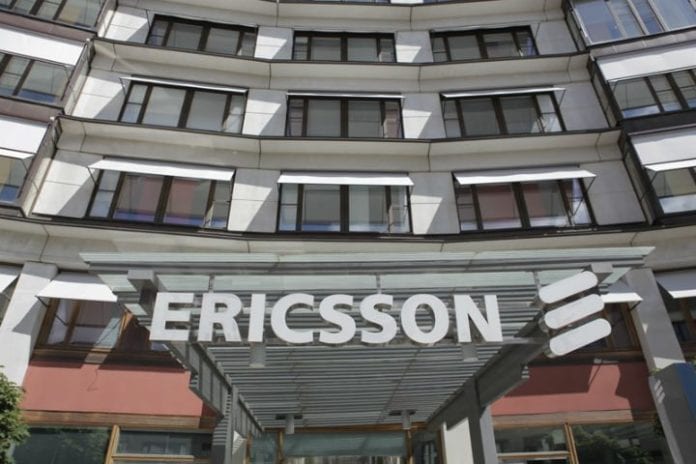The importance of enterprise in the 5G network cycle could mean that the demand for the technology is substantially larger than for previous, consumer-wireless-focused deployments, according to Ericsson.
CEO Börje Ekholm said that while Ericsson is focused on growing its core business of networks and digital and managed services, it’s also putting energy into building an enterprise business based around its acquisition of Cradlepoint. — and it is “seeing a very strong development, strong demand for 5G and enterprise applications,” Ekholm said during the company’s quarterly call this week.
“We’re convinced here that … the 5G cycle is going to be a different cycle than the traditional, or more, call it consumer-driven cycle that we’ve seen in the past,” he said. “We believe the 5G cycle will be both longer and bigger due to entering a complete new application area with enterprise applications.”
Later in the call, Ekholm was asked about numbers from Dell’Oro Group which he has cited, expecting about 3% growth in the Radio Access Network market. He said that Ericsson is seeing “very strong market development overall,” and that he wouldn’t be surprised to see market forecasts revised upwards.
Overall, Ericsson reported sales as flat — but when adjusted for comparable units and currency, Ericsson said those adjusted sales were up 10% year-over-year. Network sales, similarly adjusted, were up 15% year-over-year when adjusted for currency and comparable units, the company added, and its overall net income was up 39% year-over-year.
Ekholm said that the expects to see the U.S. C Band auction result in deployments during the second half of this year; Verizon, in particular, has indicated that it wants to have 7,000 to 8,000 C Band sites ready to go when the spectrum is cleared in late 2021.
Ekholm also briefly addressed Ericsson’s supply chain. AT&T CEO John Stankey raised the potential for C Band equipment supply chain issues this week during the carrier’s quarterly call with investors. Asked about the carrier’s plans for C Band deployment, Stankey said that global supply chains are “stretched” and as a result, he is “a little skittish”, adding that the company is “seeing dynamics that are occurring in the global supply chain where unexpected things are popping up, and it is possible that we could see certain element shortages that start to crop up as everybody’s racing to put stuff up on towers.”
Ekholm said during Ericsson’s investor call that over the last few years, the company has “invested quite substantial amounts” in order to build a more flexibly supply chain. He cited the company’s 5G factory in the U.S. as one example. “We have also focused on increasing the flexibility in other parts of the supply chain,” he continued. “So even though we’re in a pandemic, with a very tight supply chain, for example, on semiconductors, we’ve been able to complete all customer deliveries on the committed time frames and according to schedules, as well as running our internal operations.”
Ekholm continued to categorize 2021 as an investment year for Ericsson, particularly in its Digital Services segment, and that the company is incurring costs ahead of revenues — some of which might come as soon as the fourth quarter, but “we’re really going to see revenues coming in 2022,” he added.
“We exited the quarter on a very good footing and feel very good about 2021,” Ekholm said.

